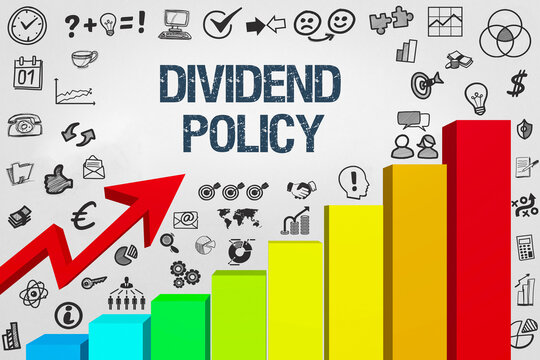Dividends are a company’s way of sharing its profits with shareholders. While it sounds simple, creating a dividend policy isn’t always straightforward. Companies often stumble when crafting and maintaining these policies, which can affect their stock price and reputation. In this blog, we’ll look at some of the most common mistake’s businesses make with their dividend strategies and how investors should approach these decisions. Visit https://quma-ai.com/ to connect with an investment education firm that links traders with educational experts.
Overpromising and Under-delivering
One of the biggest blunders companies make is setting high dividend expectations they can’t sustain. It’s easy to get caught up in the excitement of rewarding shareholders, but businesses must be careful. If they promise large payouts and the cash flow takes a hit, they’ll struggle to meet those expectations.
When dividends are cut, shareholders often lose confidence. The market might view the cut as a sign of deeper financial troubles, even if it’s just a precautionary measure. It’s a bit like planning an extravagant vacation, only to realize you can’t afford it halfway through. Companies should be cautious and realistic, ensuring that the dividends they announce are in line with what they can pay consistently, even during tough times.
From an investor’s perspective, it’s important to question whether a company’s dividend policy makes sense. Is the dividend payout growing too fast? Are the earnings in sync with the dividends? These are the questions to ask when analyzing a company’s dividend policy.
Ignoring Cash Flow Realities
Cash flow is the lifeblood of a company. Without a steady flow of cash, even profitable companies can struggle to pay dividends. Sometimes, companies focus on reported profits while ignoring the realities of their cash flow. You can be profitable on paper, but if cash isn’t flowing in regularly, paying dividends becomes a challenge.
Companies may find themselves borrowing money or selling assets just to cover dividend payments. While this keeps shareholders happy in the short term, it can lead to bigger problems down the road. A house built on shaky foundations won’t stand for long, and the same goes for companies that overextend themselves financially.
Investors need to keep an eye on a company’s cash flow reports. If a company is borrowing money to pay dividends, it’s a red flag. Look for healthy cash reserves and a steady flow of funds to feel confident about a company’s ability to maintain its dividend policy.
Failing to Adapt to Changing Markets
Markets change, and companies must adapt. However, many firms lock themselves into rigid dividend policies, afraid to make adjustments even when their business environment evolves. This can be especially damaging in industries prone to fluctuations, like energy or manufacturing, where revenues might spike one year and dip the next.
A smart dividend policy is flexible. It allows companies to increase or decrease payments based on market conditions. Some companies choose to keep a portion of their earnings in reserve, giving them a buffer when times are tough. Think of it like keeping a rainy-day fund—you’re not expecting a storm, but you’re prepared just in case.
Investors should be wary of companies with rigid, unchanging dividend policies. Ask yourself: is the company’s dividend policy built for the long haul, or are they sticking to it just to please shareholders in the short term?
Neglecting Long-term Growth
While rewarding shareholders is important, companies also need to invest in growth. Some businesses make the mistake of prioritizing dividend payouts over reinvesting in the business. This might please shareholders in the moment, but it could hurt the company in the long run.
Dividends are just one part of the puzzle. Companies also need to think about funding new projects, improving products, and staying competitive. A business that pays out all its earnings as dividends may find itself falling behind, as competitors with better growth strategies take over market share.
Investors should look for companies that strike a balance between paying dividends and reinvesting for future growth. If a company is consistently paying high dividends but not putting any money into improving its operations, it could be sacrificing long-term success for short-term gains.
Final Thoughts
As an investor, always do your homework. Take a close look at a company’s dividend history, cash flow, and reinvestment strategies. And remember, while dividends are nice, they should never come at the cost of a company’s long-term health. To make informed decisions, research carefully and talk to financial experts who can offer personalized advice based on your investment goals.
